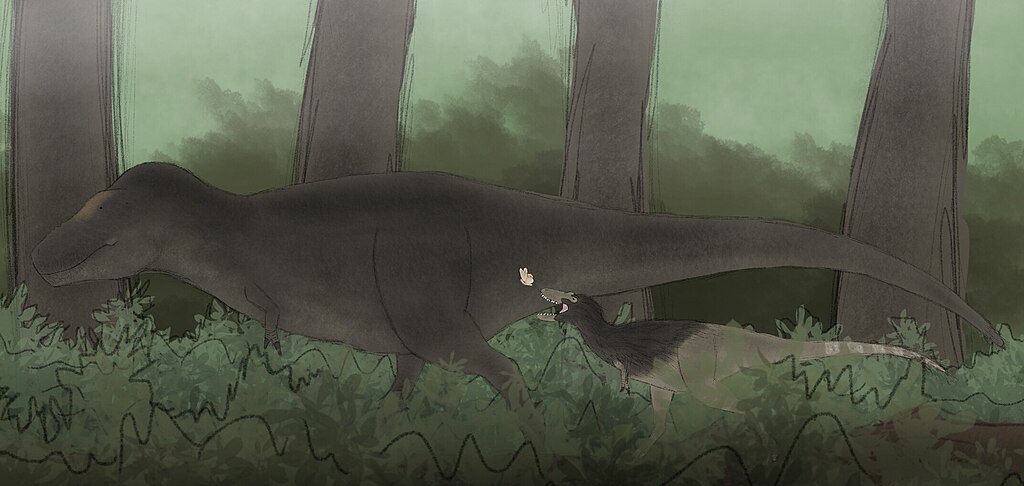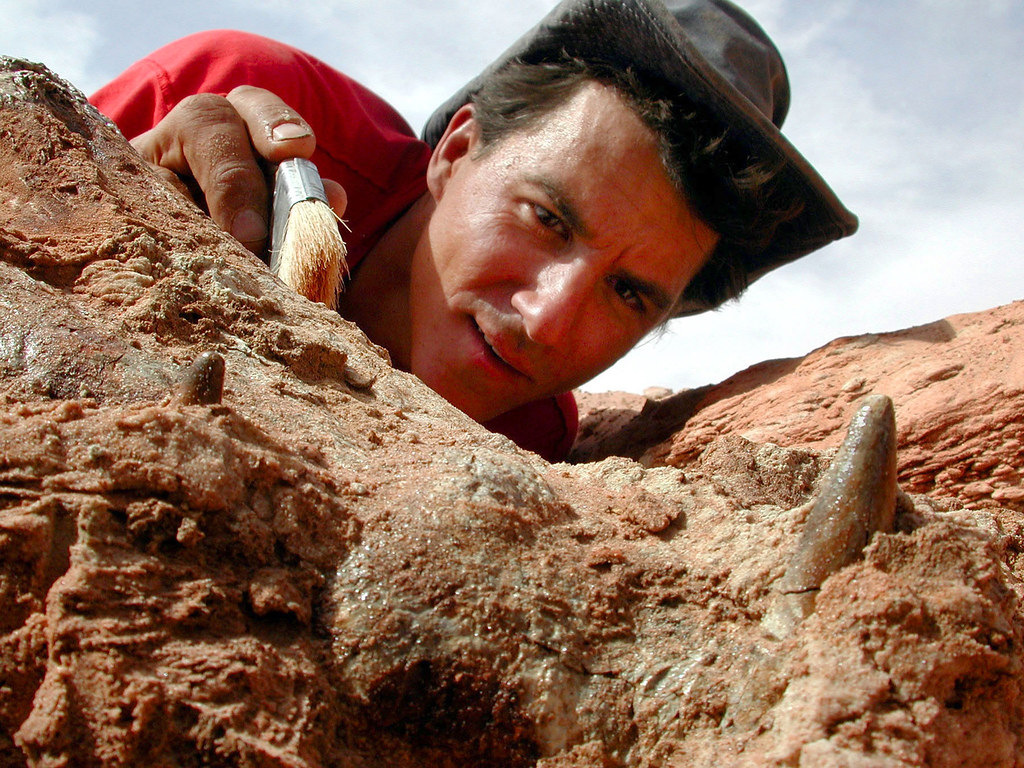Imagine holding a piece of ancient coral in your hands, knowing that this seemingly ordinary fossil holds the key to understanding how our planet moved through space millions of years ago. Scientists have discovered that certain fossils don’t just tell us about extinct creatures – they’re actually Earth’s ancient timekeepers, recording the rhythm of days, months, and years from deep in our planet’s past. These remarkable specimens have revolutionized our understanding of how Earth’s rotation has changed over geological time, revealing secrets about everything from the length of ancient days to the distance between Earth and the Moon billions of years ago.
The Revolutionary Discovery of Growth Rings in Ancient Corals
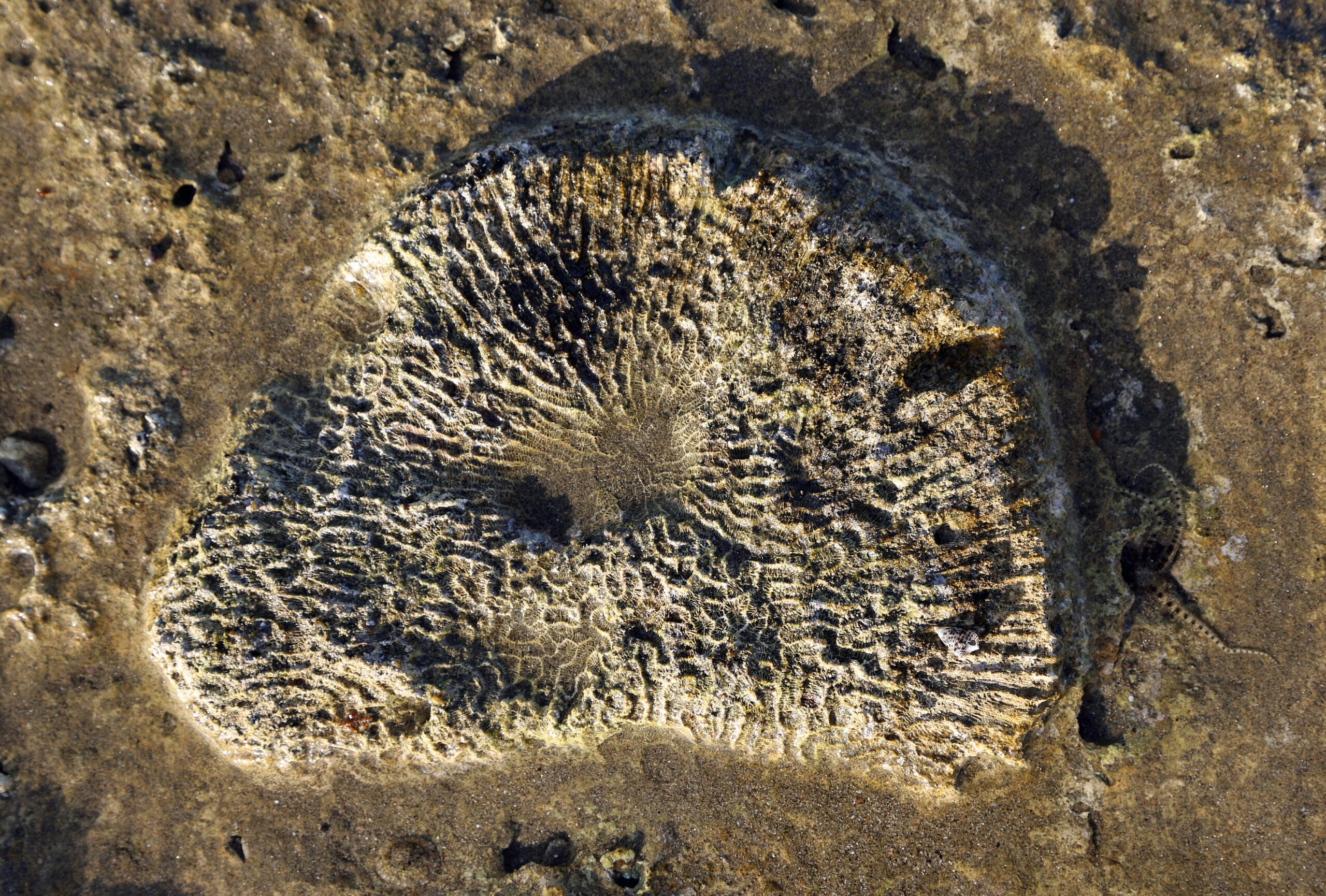
When paleontologist John Wells first examined fossilized coral skeletons under a microscope in the 1960s, he noticed something extraordinary. The coral displayed distinct growth rings, much like trees, but these rings told a far more complex story about ancient Earth. Wells discovered that corals grew daily bands within seasonal patterns, creating a natural calendar system preserved in stone.
This groundbreaking observation led to the startling realization that Devonian corals, dating back 380 million years, showed approximately 400 daily growth bands per year. Since we know Earth’s orbital period around the Sun hasn’t changed significantly, this meant that ancient days were shorter than modern ones. The implications were staggering – Earth was spinning faster in the past, and the Moon was closer to our planet.
Devonian Coral Fossils: Earth’s Ancient Day Counters
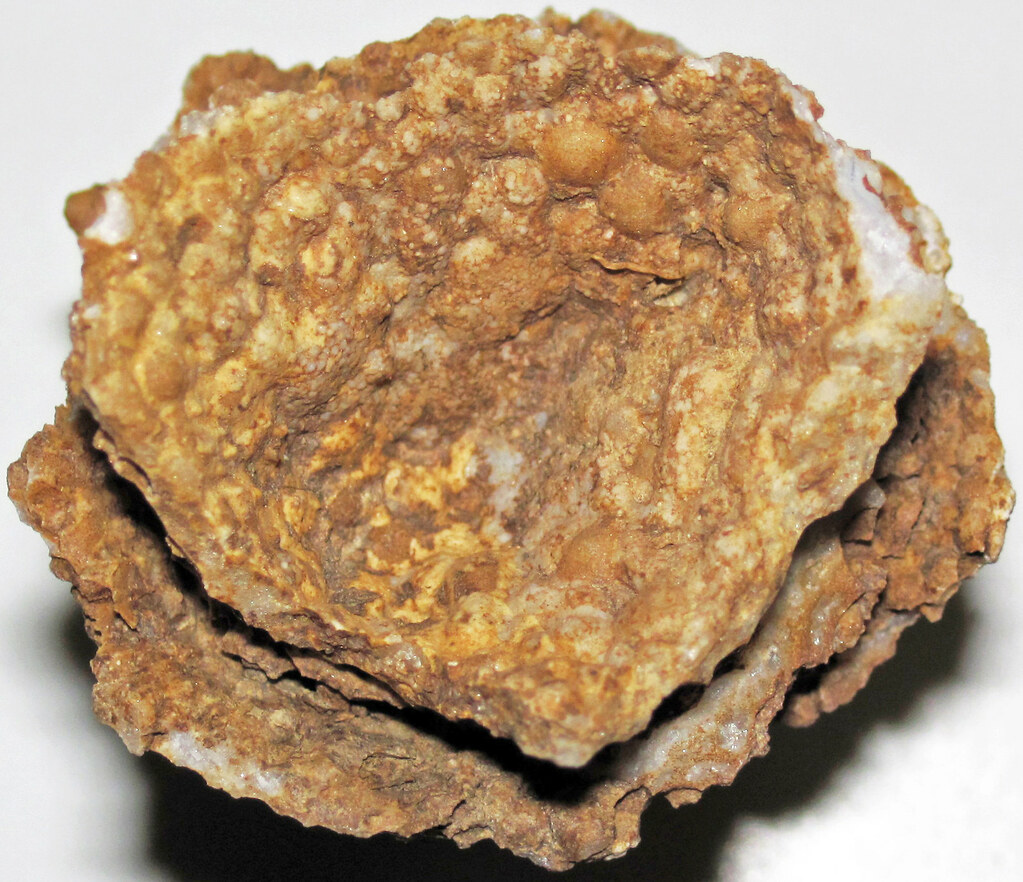
The Devonian period coral fossils represent some of the most precise ancient timekeepers ever discovered. These marine organisms, living in warm, shallow seas around 400 million years ago, unknowingly recorded Earth’s rotation in their calcium carbonate skeletons. Each day, they added a tiny layer of growth, creating microscopic bands that scientists can still count today.
Research on these fossils revealed that a Devonian year contained about 400 days, with each day lasting approximately 22 hours. This discovery provided the first concrete evidence that Earth’s rotation has been gradually slowing down due to tidal friction caused by the Moon’s gravitational pull. The precision of these coral calendars has allowed scientists to calculate exactly how much our planet has decelerated over hundreds of millions of years.
Stromatolites: The Billion-Year Calendar Keepers
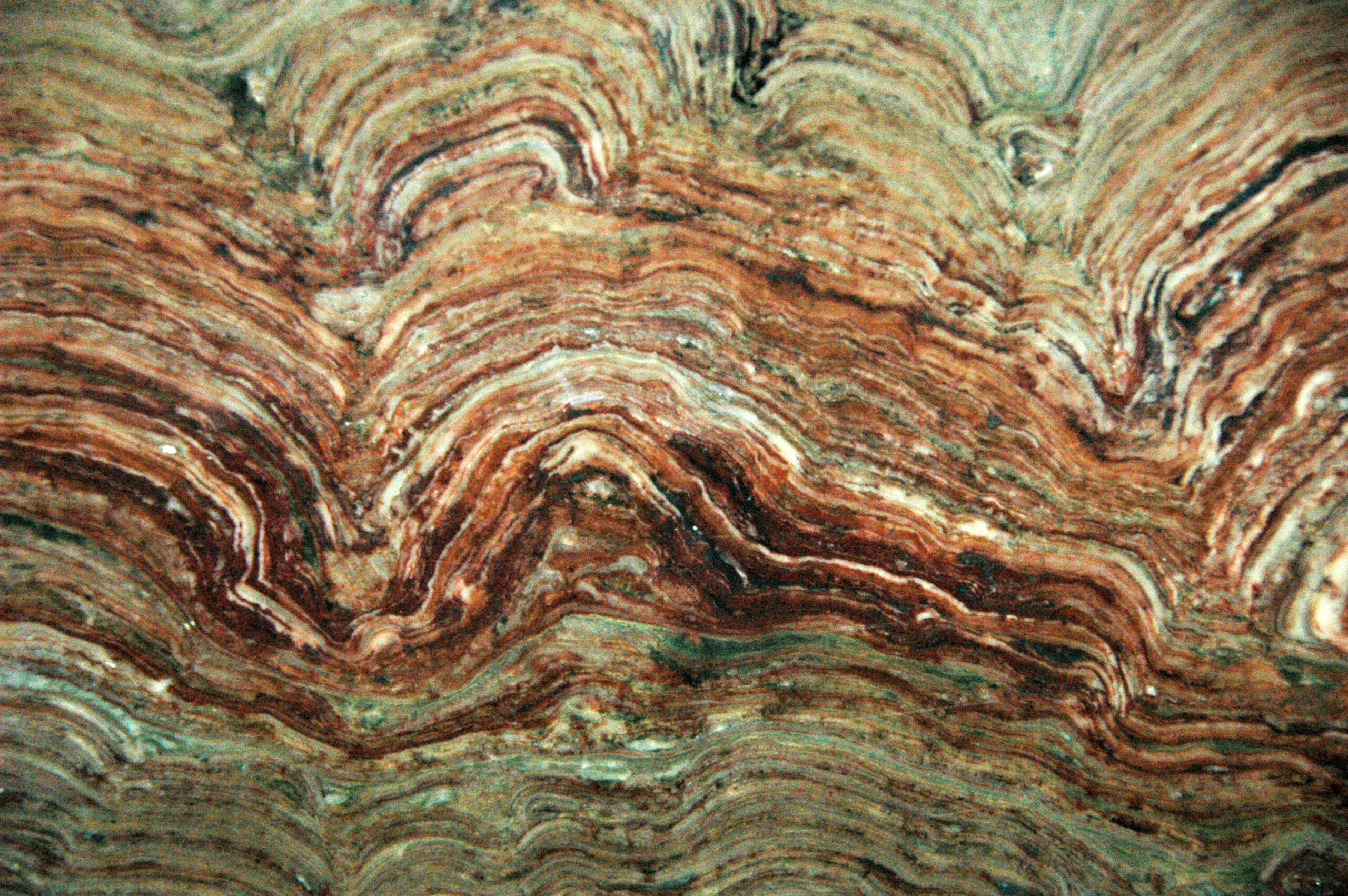
Long before complex life forms evolved, ancient bacteria and cyanobacteria were already keeping time in the form of stromatolites. These layered rock structures, created by microbial mats, represent some of Earth’s oldest biological calendars, dating back over 3.5 billion years. Each layer in a stromatolite corresponds to daily growth cycles, creating a record of ancient Earth that spans nearly a third of our planet’s history.
Scientists studying Precambrian stromatolites have uncovered evidence that early Earth days were incredibly short – possibly as brief as 18 hours. The regular layering patterns in these formations also reveal information about ancient tidal cycles and seasonal changes. These microbial timepieces have helped researchers understand how the Moon’s distance from Earth has changed over billions of years, providing crucial data for models of early Earth-Moon system evolution.
Bivalve Shells: Mollusks as Ancient Chronometers
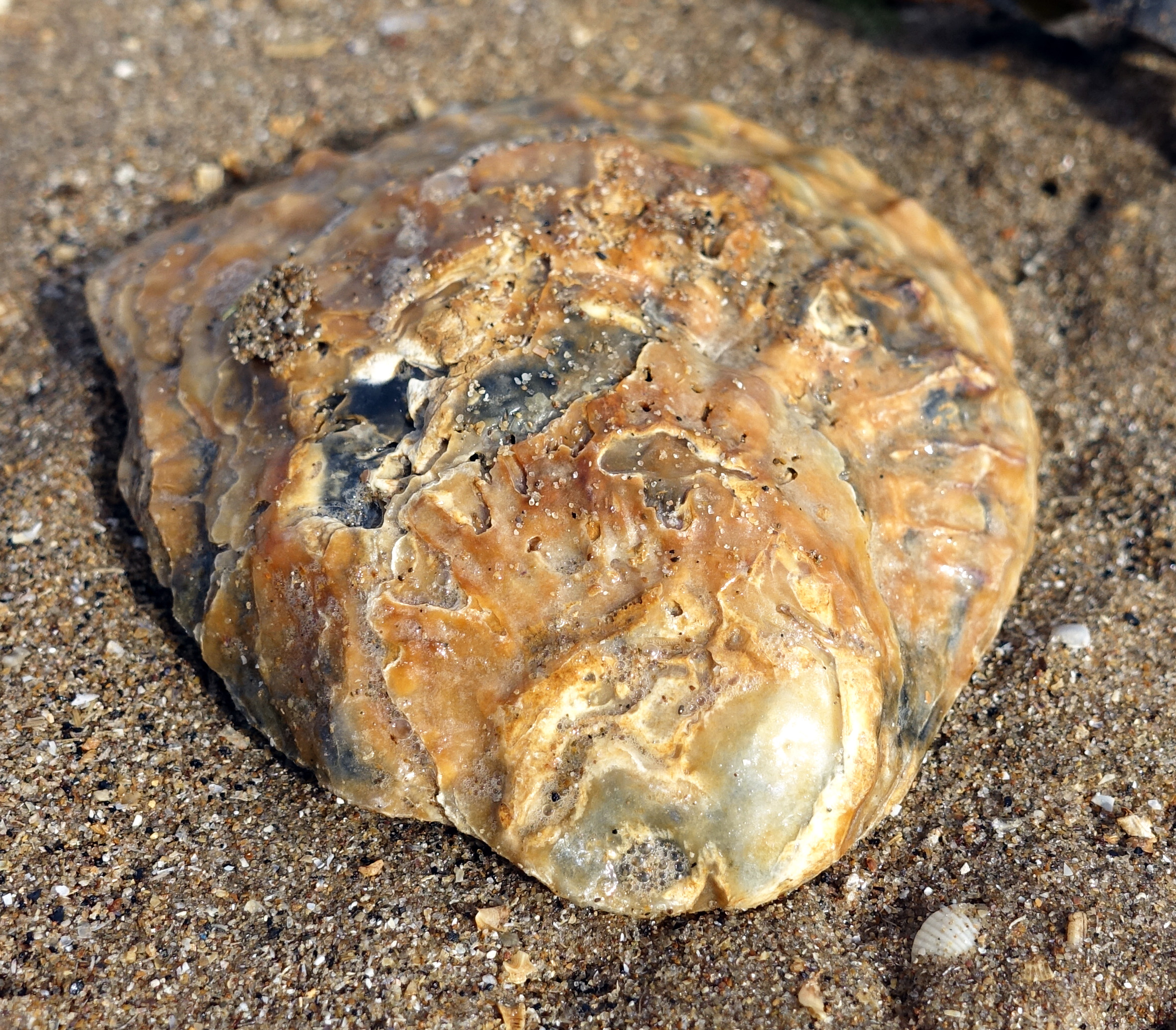
Fossilized clams, oysters, and other bivalve mollusks serve as remarkable prehistoric calendars, with growth patterns that record both daily and seasonal cycles. These shells grow in response to environmental conditions, creating distinct bands that reflect tidal cycles, seasonal temperature changes, and daily growth rhythms. Scientists can literally count the days in ancient years by examining these fossilized mollusk shells.
Studies of Cretaceous bivalve fossils have revealed that 100 million years ago, Earth’s year contained approximately 372 days, with each day lasting about 23.5 hours. The precision of these biological clocks has been validated by comparing results from different species and geographic locations. This consistency across various bivalve types provides strong evidence for the reliability of using these fossils as ancient chronometers.
The Science Behind Fossil Chronometry
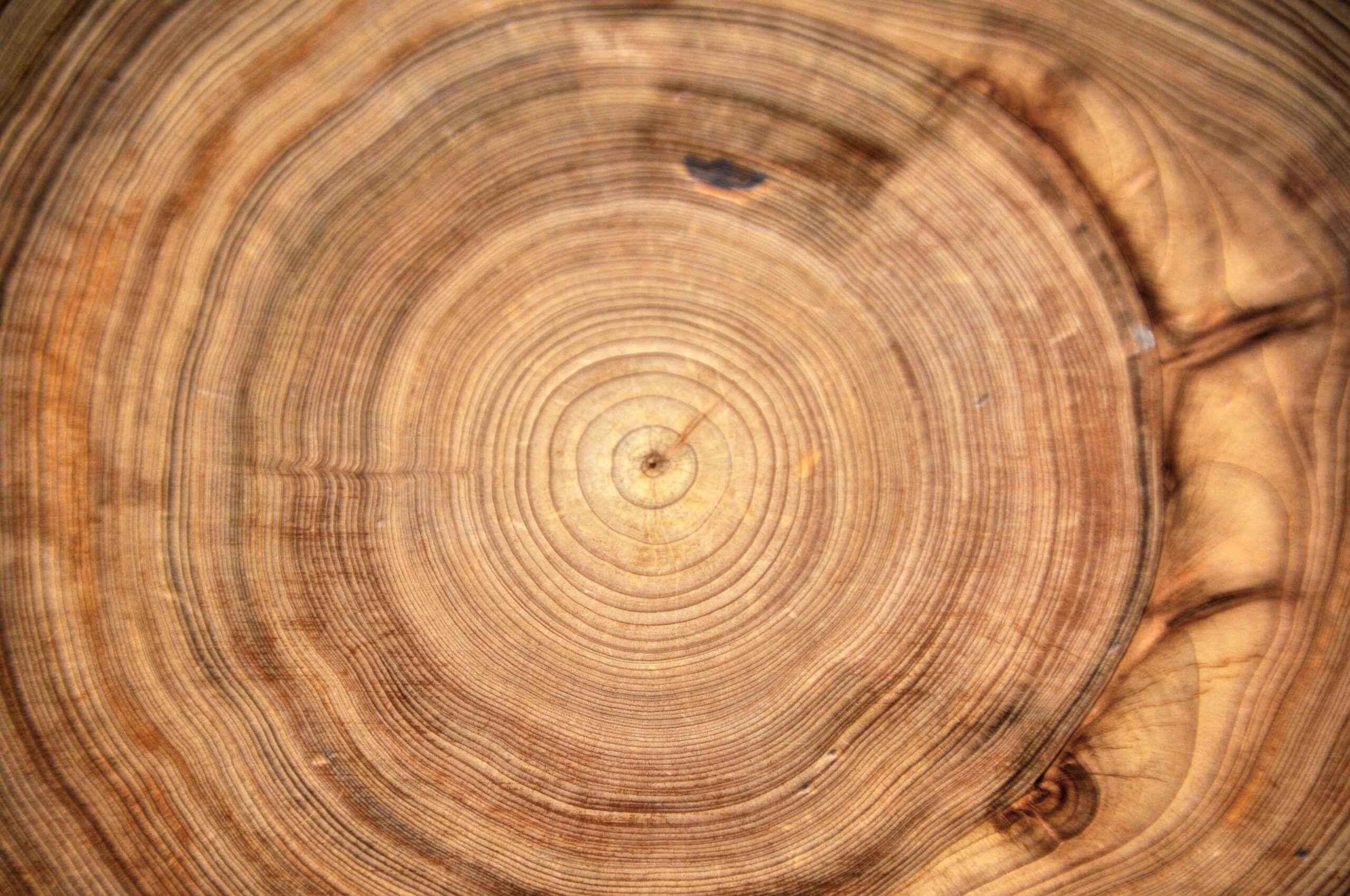
The process of extracting temporal information from fossils relies on understanding how organisms respond to environmental cycles. Daily growth increments in fossilized organisms reflect the fundamental biological rhythm tied to Earth’s rotation, while seasonal patterns correspond to our planet’s orbit around the Sun. By counting these increments, scientists can determine how many days existed in ancient years.
Advanced techniques like electron microscopy and chemical analysis have revolutionized fossil chronometry. Researchers can now identify growth bands too small to see with traditional methods, allowing them to study even more ancient specimens. The combination of multiple analytical approaches helps verify results and ensures accuracy in reconstructing ancient Earth’s temporal patterns.
Nautilus Shells: Spiral Calendars from the Deep Past
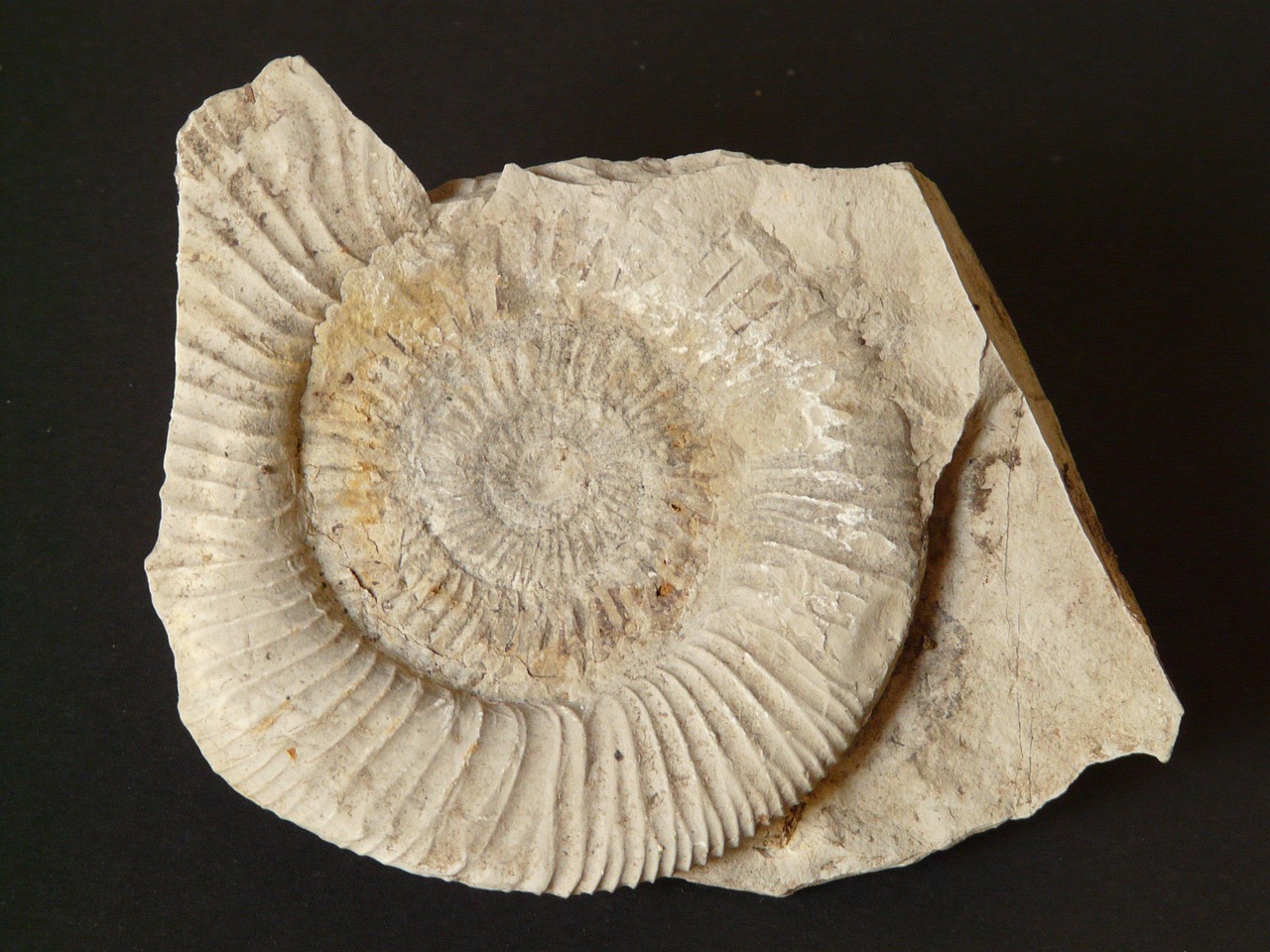
The chambered nautilus and its ancient relatives have provided scientists with some of the most elegant examples of fossilized time-keeping. These cephalopods grow by adding new chambers to their shells in regular patterns, creating a spiral calendar that records both daily and monthly cycles. The growth lines on nautilus shells correspond to lunar months, while finer striations represent daily increments.
Fossil nautiloids from the Ordovician period, roughly 450 million years ago, show evidence of a year containing about 415 days. The mathematical precision of these shell patterns has allowed researchers to calculate not only the length of ancient days but also the number of days in ancient months. This level of detail provides unprecedented insight into the complex gravitational interactions between Earth, Moon, and Sun throughout geological time.
Rudist Bivalves: Cretaceous Climate Recorders
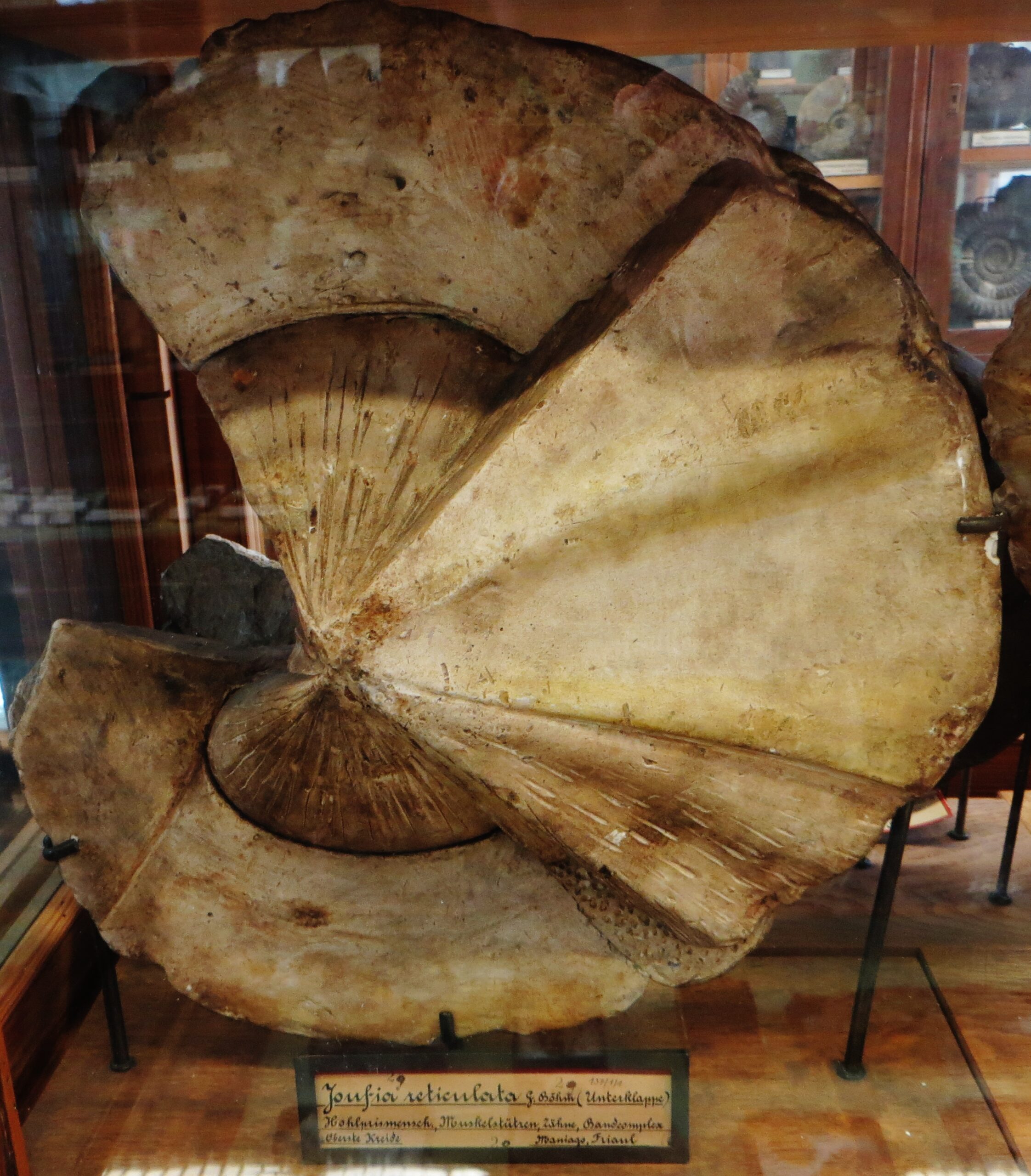
The extinct rudist bivalves, which dominated tropical seas during the Cretaceous period, represent some of the most sophisticated biological chronometers ever discovered. These massive, coral-like mollusks grew in response to multiple environmental cycles, creating complex patterns that record daily, monthly, and seasonal changes. Their rapid growth rates and large size make them ideal subjects for detailed chronometric analysis.
Research on rudist fossils has revealed that late Cretaceous days lasted approximately 23.5 hours, confirming the gradual slowing of Earth’s rotation over the past 100 million years. The seasonal growth patterns in these fossils also provide valuable information about ancient climate conditions, including water temperature fluctuations and seasonal variations in nutrient availability. This dual role as both chronometers and climate indicators makes rudists particularly valuable for understanding Earth’s past.
Tidal Rhythmites: Sedimentary Time Capsules
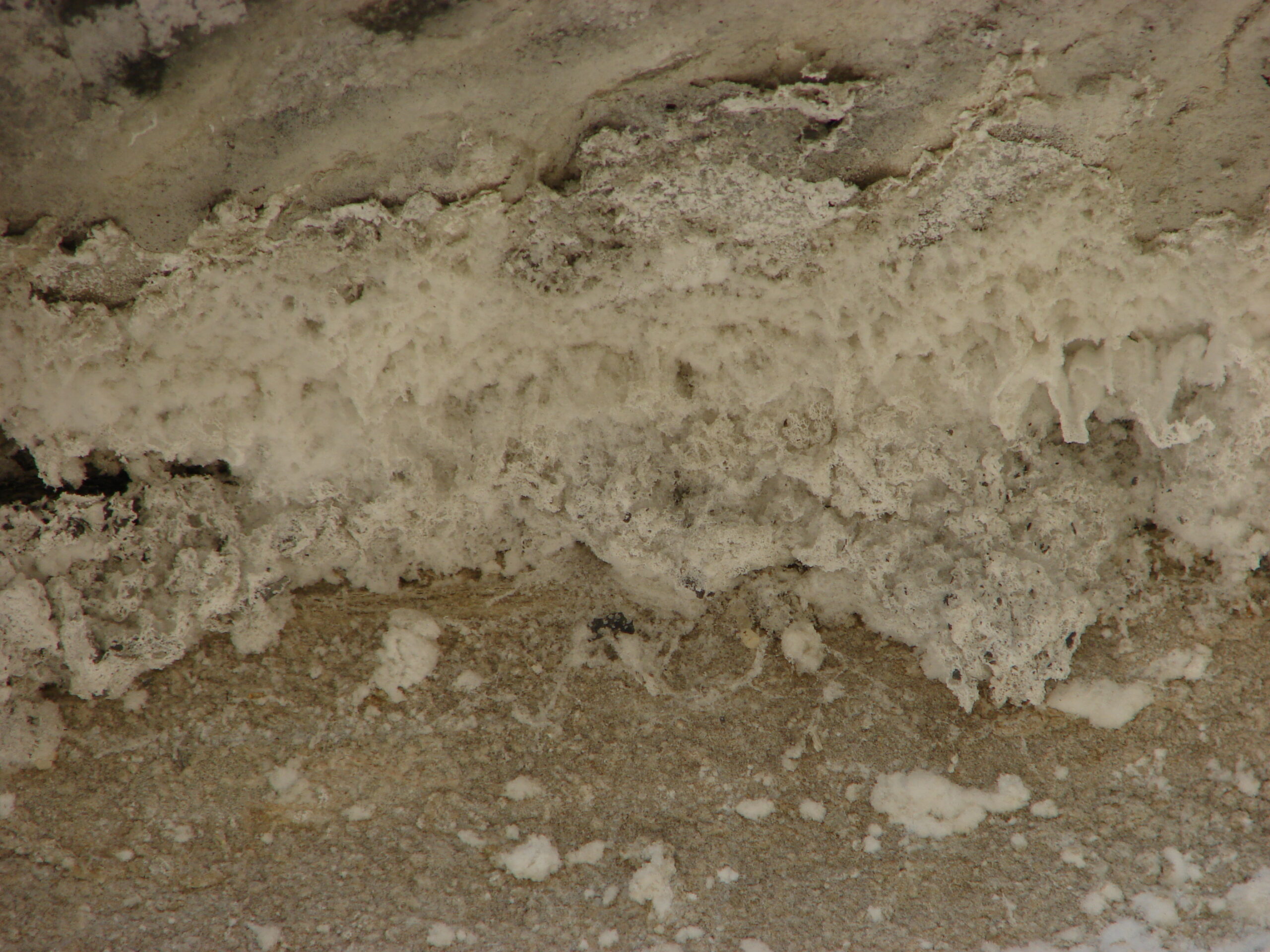
Some of the most precise ancient chronometers aren’t biological at all – they’re sedimentary rocks called tidal rhythmites. These layered formations, created by the regular rise and fall of ancient tides, preserve incredibly detailed records of Earth’s rotation and the Moon’s orbital cycles. Each layer represents a single tidal cycle, creating a sedimentary calendar that can be read like pages in a book.
The famous Tipton rhythmites from Wyoming, dating to about 50 million years ago, show clear evidence of both daily and monthly tidal cycles. By analyzing the thickness and spacing of these layers, scientists have determined that Eocene days were about 30 minutes shorter than modern days. The precision of these records has been crucial for understanding how tidal forces have shaped Earth’s rotation throughout geological time.
Fish Otoliths: Ear Stones as Ancient Clocks
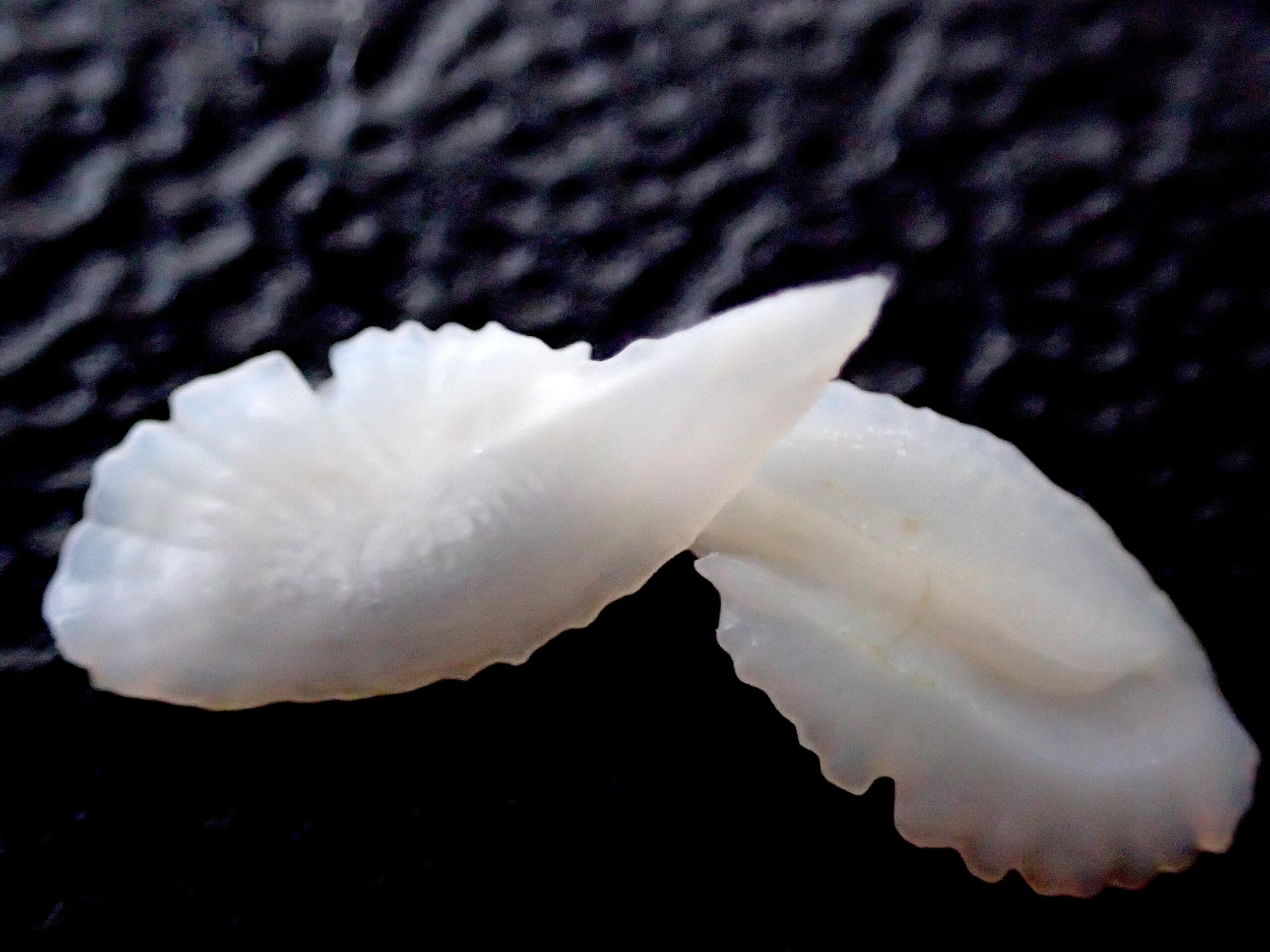
The inner ear bones of ancient fish, called otoliths, represent one of the most unexpected sources of chronometric information. These calcium carbonate structures grow continuously throughout a fish’s life, adding daily increments that create microscopic growth rings. When fossilized, these otoliths preserve detailed records of ancient daily cycles and seasonal patterns.
Studies of Eocene fish otoliths have provided independent confirmation of Earth’s changing rotation rate, showing days that were approximately 30 minutes shorter than today. The advantage of using otoliths lies in their abundance and preservation potential – fish ear stones are commonly found in marine sediments and provide a widespread source of chronometric data. This makes them valuable tools for studying Earth’s rotational history across different geographic regions and time periods.
Tree Rings in Petrified Wood: Terrestrial Time Keepers
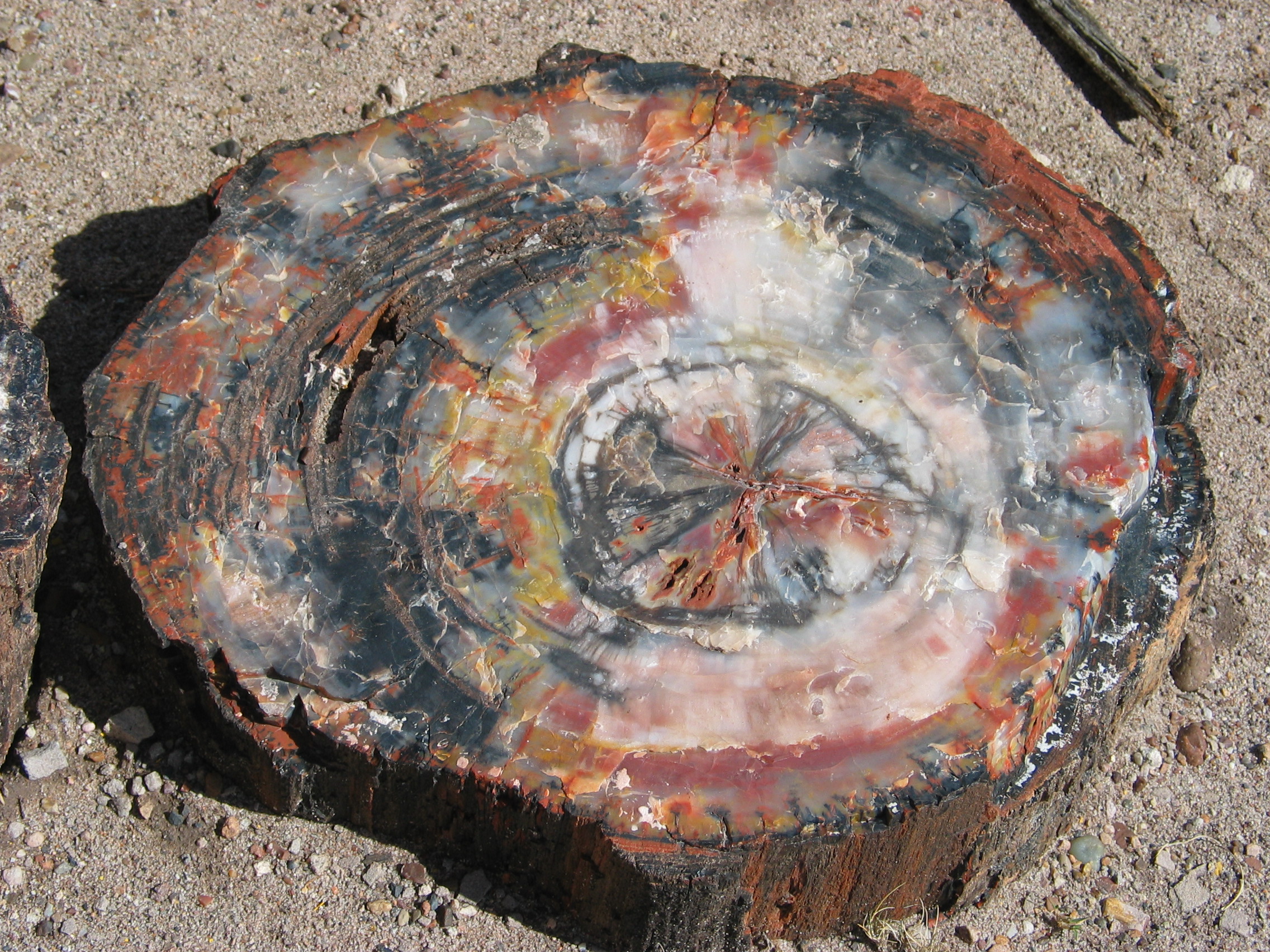
While marine fossils dominate chronometric studies, petrified wood from ancient forests also provides valuable temporal information. Fossilized tree rings record annual growth cycles, while microscopic analysis can reveal sub-annual patterns related to seasonal changes and even daily growth increments. These terrestrial chronometers offer a different perspective on ancient Earth’s temporal patterns.
Petrified wood from the Triassic period shows evidence of year lengths consistent with marine chronometers from the same time period, providing important validation for fossil-based time reconstruction. The seasonal patterns preserved in these ancient trees also reveal information about paleoclimate conditions, including temperature variations and precipitation patterns. This combination of chronometric and climatic data makes petrified wood particularly valuable for understanding ancient Earth systems.
Challenges and Limitations in Fossil Chronometry
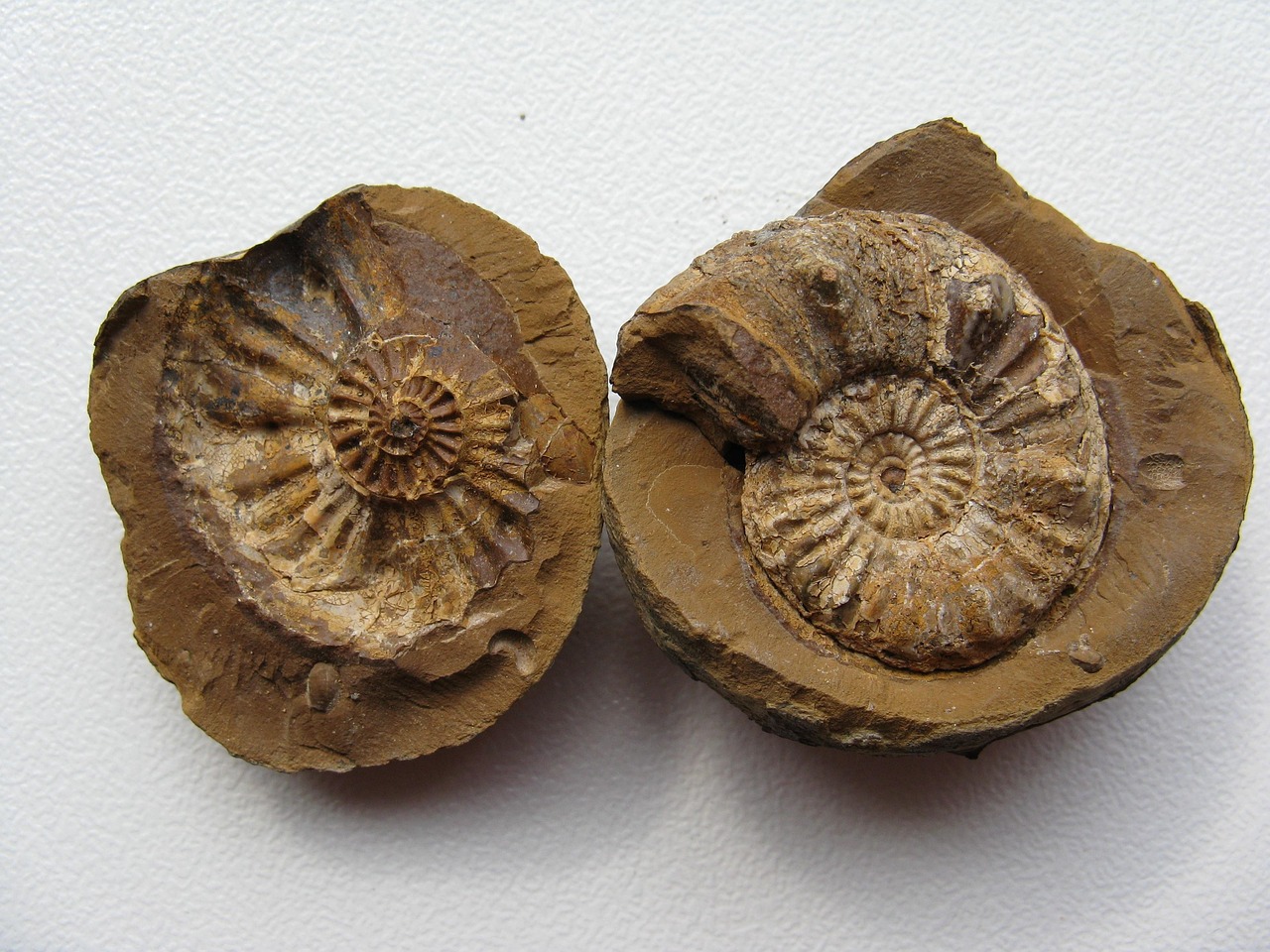
Despite their remarkable precision, fossil chronometers face several challenges that scientists must carefully consider. Environmental factors like temperature, nutrient availability, and water chemistry can influence growth patterns, potentially affecting the accuracy of chronometric interpretations. Additionally, the preservation process itself can alter or obscure fine growth structures, making analysis more difficult.
Modern research addresses these challenges through multiple approaches, including studying numerous specimens from different locations and time periods. Statistical analysis helps identify and correct for environmental influences, while advanced imaging techniques allow scientists to examine growth patterns in unprecedented detail. The key to reliable fossil chronometry lies in combining results from multiple sources and validating findings through independent methods.
Modern Applications and Future Discoveries
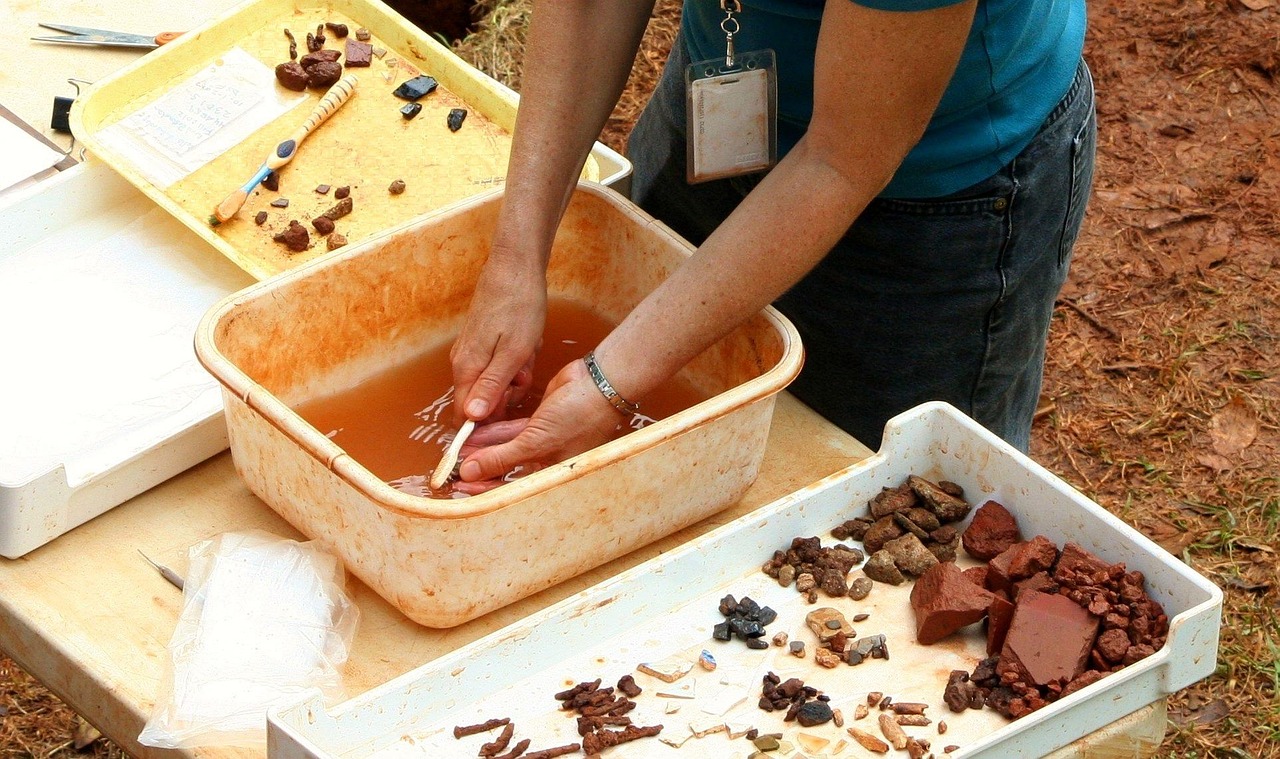
The techniques developed for studying fossil chronometers continue to evolve, with new technologies opening up previously impossible research avenues. Synchrotron radiation and advanced X-ray techniques now allow scientists to examine growth patterns in three dimensions, revealing details that were invisible to previous generations of researchers. These methods are expanding our ability to study even older and more challenging fossil specimens.
Future discoveries in fossil chronometry may extend our understanding of Earth’s rotational history even further back in time. As analytical techniques improve and new fossil sites are discovered, scientists expect to uncover chronometric records from the earliest periods of Earth’s history. This ongoing research promises to reveal new insights into the fundamental processes that have shaped our planet’s relationship with the Moon and Sun over billions of years.
The Broader Impact on Earth Science

The study of fossil chronometers has revolutionized our understanding of Earth’s place in the solar system and the fundamental forces that govern planetary motion. By revealing how Earth’s rotation has changed over geological time, these ancient timekeepers have provided crucial data for understanding tidal friction, planetary dynamics, and the evolution of the Earth-Moon system. This knowledge has implications far beyond paleontology, influencing fields from astronomy to geophysics.
The precision of fossil chronometry has also contributed to our understanding of ancient climate systems and environmental changes. By providing accurate temporal frameworks for geological events, these biological clocks help scientists correlate events across different regions and understand the timing of major evolutionary and environmental transitions. This temporal precision is essential for building accurate models of Earth’s past and predicting future changes.
Conclusion: Time Written in Stone
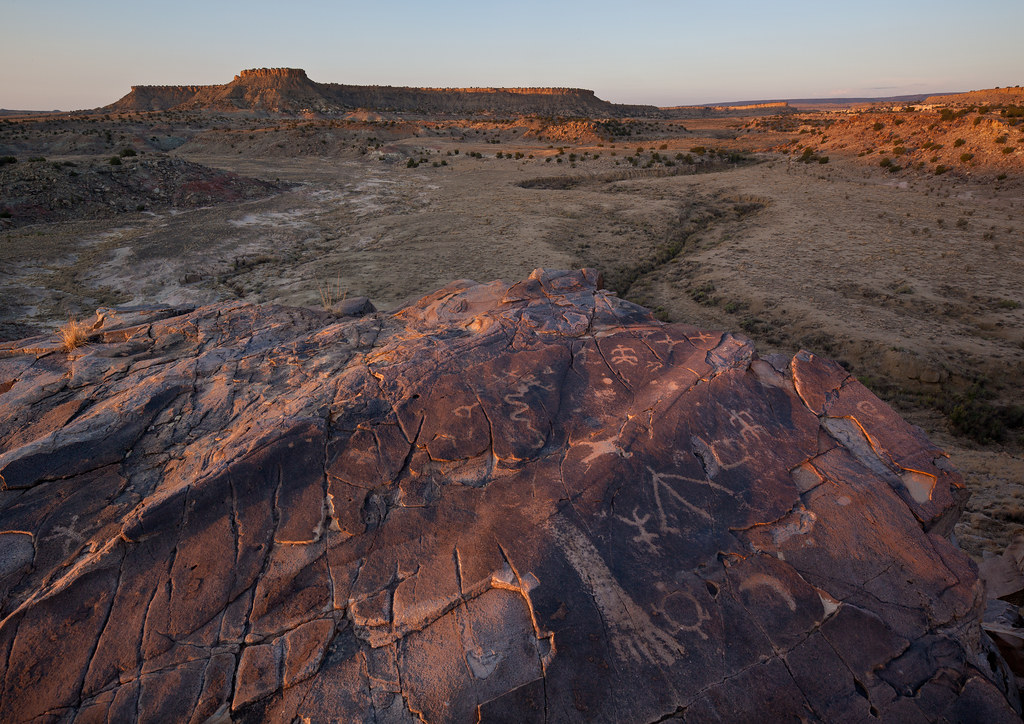
The five types of fossils discussed here represent just a fraction of the chronometric treasures waiting to be discovered in Earth’s rock record. From coral reefs that counted days 400 million years ago to bacterial mats that recorded the rhythm of the earliest Earth, these biological timekeepers have fundamentally changed our understanding of our planet’s history. They reveal that Earth itself is a dynamic system, constantly changing in response to gravitational forces and internal processes.
The story these fossils tell is one of gradual change over immense timescales – days that were once mere hours, years packed with hundreds more sunrises and sunsets than we experience today. Each fossil chronometer represents millions of individual organisms that unknowingly participated in recording Earth’s temporal evolution. As we continue to develop new analytical techniques and discover new fossil sites, these ancient calendars will undoubtedly reveal even more secrets about our planet’s remarkable journey through time.
What other secrets might be waiting in the rocks beneath our feet, recording changes we haven’t even thought to look for yet?


